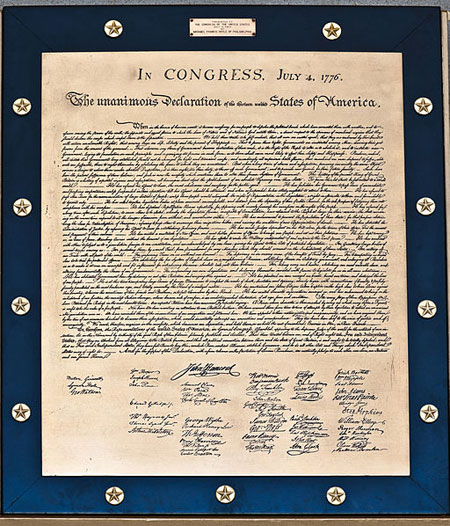
Source: yoda, AngeloSu, Flickr
Ready are you? What know you of ready? For eight hundred years have I trained Jedi. My own counsel will I keep on who is to be trained. A Jedi must have the deepest commitment, the most serious mind. This one a long time have I watched.
The character of Yoda in the Star Wars series is an ancient, wise Jedi master with an unusual syntax or way of putting words together. Yoda’s syntax is designed to make the listener pay close attention to his words.
In real life, syntax functions in the same way. A writer’s syntax can make a phrase or sentence pleasant to read, or it can make the phrases or sentence jarring and unpleasant. Syntax can also make a writer’s words more memorable.
A writer’s syntax is just one element of what we call a writer’s style. Style includes syntax, word choice, punctuation, and sentence length. A writer’s style isn’t just a personal preference; it is designed to get a message across most effectively.
Read the next passage from the Declaration of Independence.

Source: Flickr - USCapitol - Declaration of Independence Plaque,
USCapitol, Wikimedia
We hold these Truths to be self-evident, that all men are created equal, that they are endowed, by their Creator, with certain unalienable Rights, that among these are Life, Liberty, and the pursuit of Happiness. --That to secure these rights, Governments are instituted among Men, deriving their just powers from the consent of the governed, --That whenever any Form of Government becomes destructive of these ends, it is the Right of the People to alter or to abolish it, and to institute new Government, laying its Foundation on such principles and organizing its powers in such form, as to them shall seem most likely to effect their Safety and Happiness.
The ideas that people should have a say in the rules that dictated their lives were revolutionary. No matter how these ideas were expressed, they still would have been significant, but the syntax contributes to the force of these ideas, making them memorable.
What if the same paragraph were written like this:
We believe that all men should be allowed to pursue life, liberty, and happiness, and that they should be allowed to participate in creating the laws by which they live.
This paraphrase says the same thing but does not carry the force of the original. The complexity of the syntax in the original, rather than the simplicity of the syntax in the paraphrase, makes readers read slowly and pay close attention. We remember the language of the original because the language and the sentence structure are so different from what we read and write in contemporary life. The syntax of the founding fathers makes us slow down and pay attention to the words in the Declaration of Independence.
In this lesson, we will discuss how an author’s syntax reveals meaning and makes ideas stay with the reader.